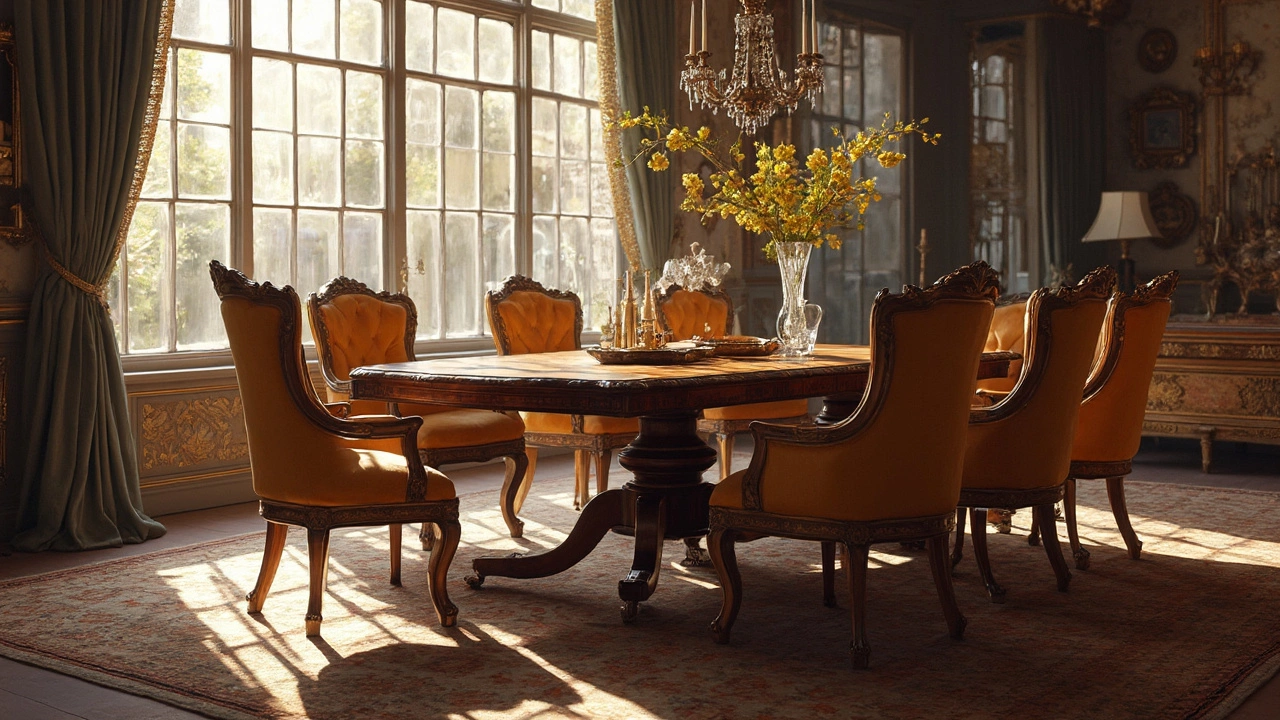Highest Markup Furniture Explained in Plain English
Ever walked into a store, saw a beautiful wooden table, and thought the price was insane? You’re not alone. The biggest price jump – the highest markup – often comes from a mix of material cost, hand‑crafting time, and brand story. Let’s break down why some pieces feel overpriced and how to tell if you’re getting real value.
What Creates a High Markup?
First off, markup is the gap between what a maker spends and what you pay. If a chair costs £100 to build but sells for £300, the markup is 200 %.
Three main factors push that number up:
- Materials: Rare woods, genuine leather, or reclaimed timber cost more upfront.
- Labour: Hand‑carved details or custom finishes require skilled artisans, and their time isn’t cheap.
- Brand power: A well‑known name can charge extra simply because people trust the label.
When all three line up, you hit the highest markup territory.
How to Spot Real Value vs Empty Hype
Not every expensive tag means better quality. Here’s a quick checklist:
- Ask about the wood source. Sustainable, locally‑sourced timber usually justifies a higher price.
- Look for joinery. Dovetail or mortise‑and‑tenon joints last longer than cheap glue‑downs.
- Check finish durability. Natural oils or waxes protect the piece better than surface‑only varnish.
- Consider warranty. A solid warranty shows the maker stands behind their work.
If a product checks these boxes, the markup is likely earned. If not, you might be paying for a name rather than craftsmanship.
Another tip: compare similar items from different brands. If two tables use the same oak but one costs double, dig deeper. The pricier one may have extra features like built‑in drawers or a unique design that adds real utility.
For budget‑conscious shoppers, look for sales on artisan pieces that haven’t sold out yet. Stores often discount high‑markup items to clear inventory, giving you a chance to grab quality for less.
Bottom line: the highest markup isn’t always a bad thing—it can mean you’re buying something built to last. But always match price with proof of quality. When you know what drives the cost, you can decide whether the extra pounds are worth it for your home.
The Highest Markup Items in Furniture Sales
Ever wondered which furniture items have the highest markup? In the world of furniture sales, certain items consistently carry a higher profit margin. Understanding these can help buyers make more informed decisions and sellers maximize profits. Dive into the intriguing world of furniture markups and discover some surprising insights.
More
